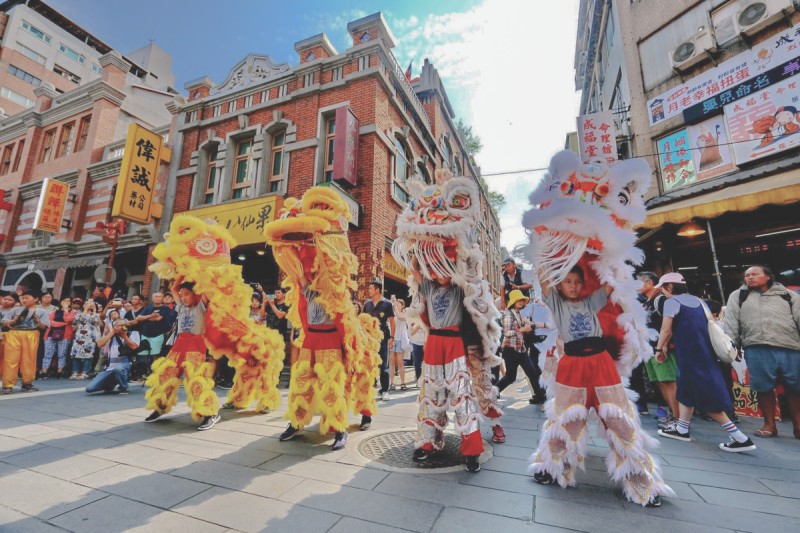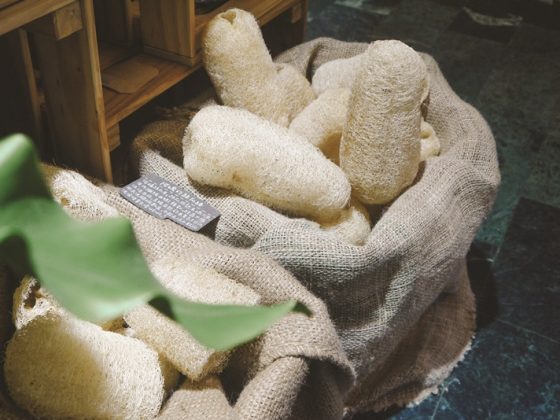Author Wendy Ng
Photo Wendy Ng, Chiayi City Government Wikimedia Commons, Museum of Ancient Taiwan Tiles, panoramio Wikimedia Commons, Mrmarkertw Wikimedia Commons, Kai3952 Wikimedia Commons
Chiayi City is more than a transportation hub for visitors who are heading to Alishan. This underrated city is home to fascinating museums, important historical sites, and amazing local food. Chiayi City County lies in the heart of Chiayi County. A city of vibrant history, it was called Kagee during the late Qing Dynasty, Kagi during the Japanese colonial period, and its historical name is Tirosen. Spend a few days learning the secrets of Chiayi with this comprehensive guide to the best things you can do in Chiayi City.
Travel Tip: Get around the city using local Chiayi bus, Taiwan tourism shuttle bus or bicycle!
1. Chiayi Train Station 嘉義車站
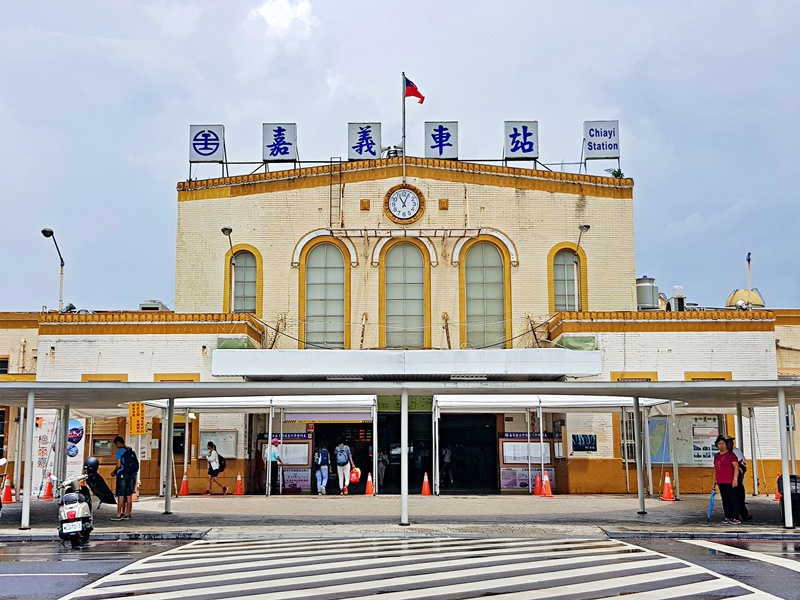
The city is divided into the East District and West District with Chiayi Station as the focal point. Chiayi’s history is closely intertwined with the Alishan Forest Railway. The railway was established during the 50-year Japanese colonial period from 1895 to the end of World War II in 1945. The Japanese discovered the untouched forest of Alishan and constructed a sprawling railway network connecting the city to the resource-rich forest. In 1912, Alishan Forest Railway and wood factories were built to facilitate the transportation of resources like the valuable cypress wood from the mountain ranges.
Chiayi is also called the “Wood City” because of its close relationship with wood from Alishan that supported the growth of the forestry industry and the city. Alishan National Scenic Area is now a conservation area and visitors flock to the nature reserve to hike and relax. (Read more: Guide to hiking in Alishan)
2. North Gate Station (Beimen) 北門站
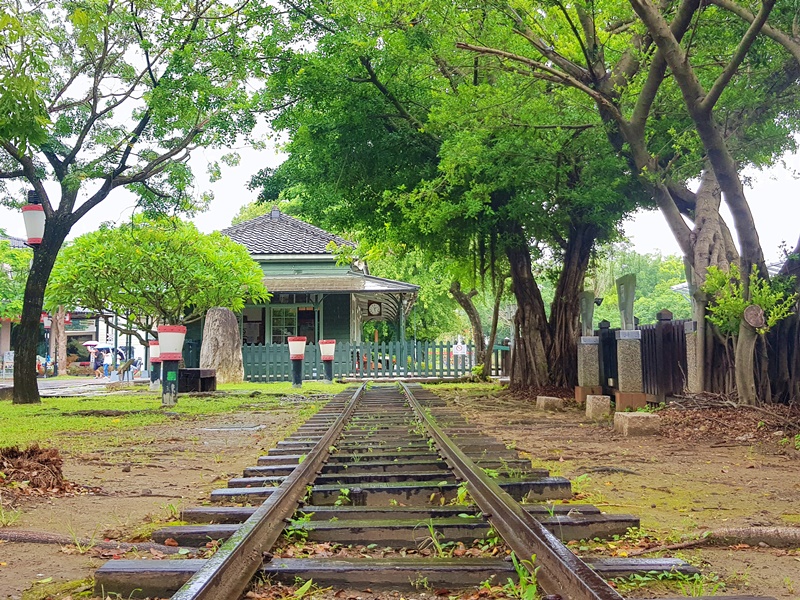
Constructed in traditional Japanese style using mainly materials from cypress trees, the station was a prominent center during the logging era. Businesses related to the trade grew around the busy station. The station has been carefully restored. As you step into the station’s waiting room, you can almost imagine the hustle and bustle during the prime of the forestry trade.
3. Hinoki Village 檜意森活村
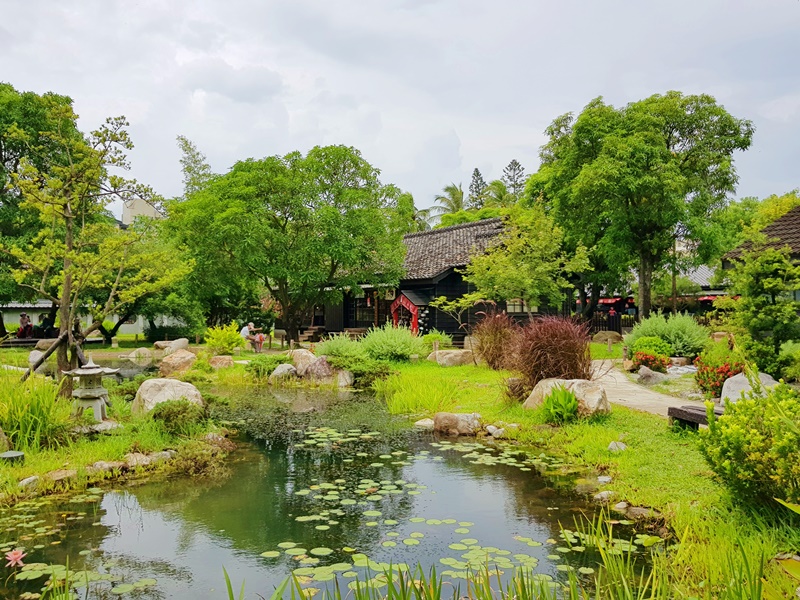
“Hinoki” means cypress in Japanese and red cypress trees from Alishan were precious resources fueling the growth of Chiayi. Hinoki Village was formerly a residential area with Japanese style dormitories for the people who worked in the forestry industry. The construction of the area began in 1914 and continued for about 30 years where wood from Alishan was used as the main building material. The restored village is now a cultural and creative park infused with elements of forestry culture and local design and creativity.
4. Chiayi Cultural and Creative Industries Park 嘉義文化創意產業園區
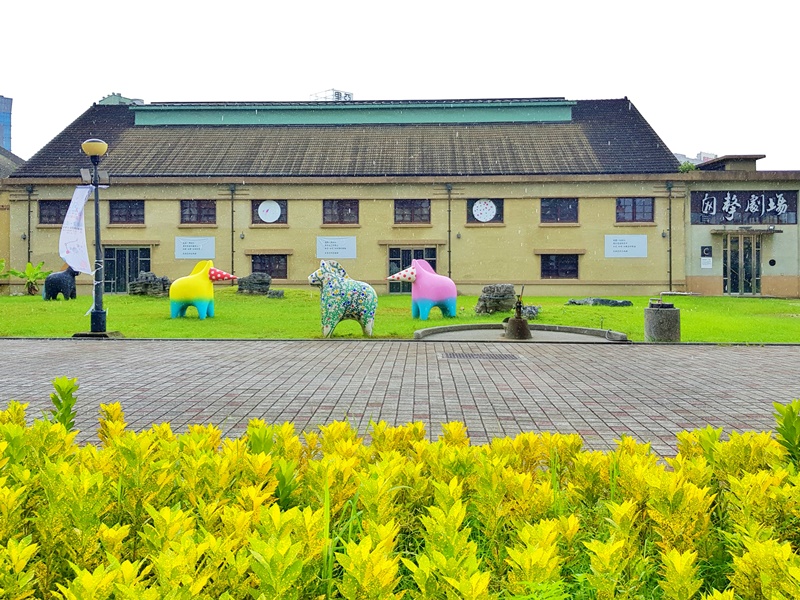
Known also as the G9 Creative Park, this vintage complex was the first Chiayi distillery opened by the Japanese government to produce sake and other products. After the war, the building was converted to make kaoliang liquor. Today, the park is a fascinating mix of historic structures like the towering chimney, wine storage barrels, retro machines, and contemporary elements like shops and arts installations.
5. Chiayi Art Museum 嘉義市立美術館
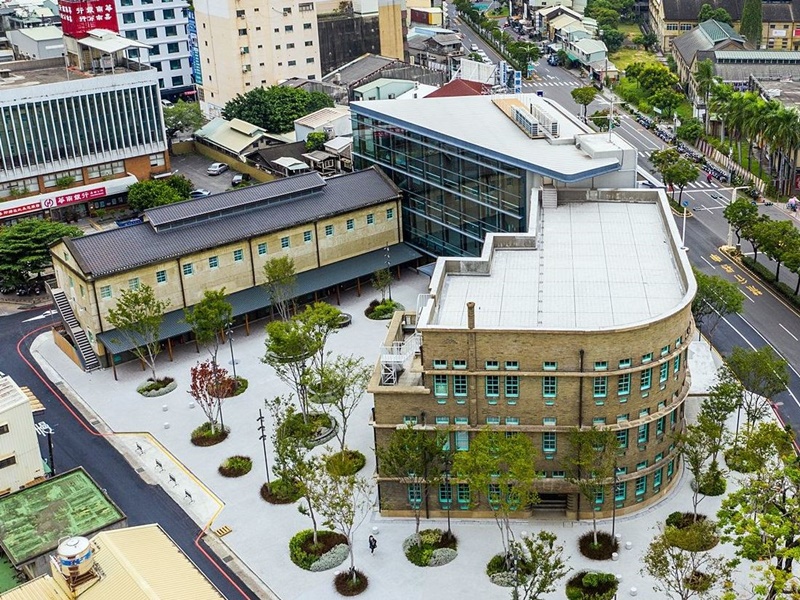
During the first Fine Arts Exhibition of the Government-General of Taiwan in 1938, 20% of selected works were created by artists from Chiayi. Since then, the city has been bestowed the title of “City of Paintings.” Works by renowned Chiayi artists like Chen Cheng-po and Lin Yushan are displayed in the Chiayi Art Museum. The museum is divided into two areas where the historical building is the former Chiayi branch of the Tobacco and Wine Monopoly Bureau, and the main building is an amalgamation of history and modernity. The museum also houses a temporary limited branch of the Eslite bookstore and J11 Cafe 昭和J11咖啡館, which is named after the year the original building was built in 1936 (the 11th year of the Showa area) and serves artisanal coffee.
6. Museum of Ancient Taiwan Tiles 台灣花磚博物館
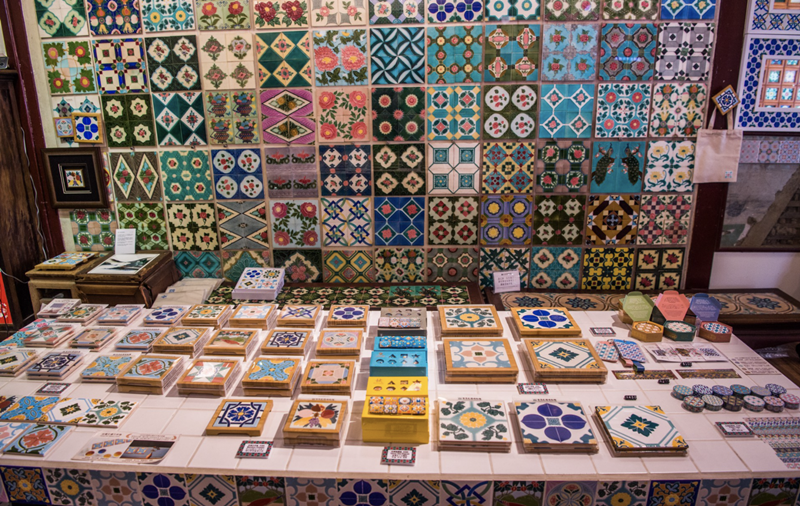
Museum of Ancient Taiwan Tiles is one of the rare places showcasing tiles from Taiwan. The founder James Hsu and tile enthusiasts established the museum in 2015 and have been devoting their time and efforts to share the history of Taiwanese tiles, preserve the heritage, and facilitate cultural exchanges. Spend time getting lost in the colorful maze of tiles and bring home a tile memento.
7. Alishan Forest Railway Garage Park 阿里山森林鐵路車庫園區
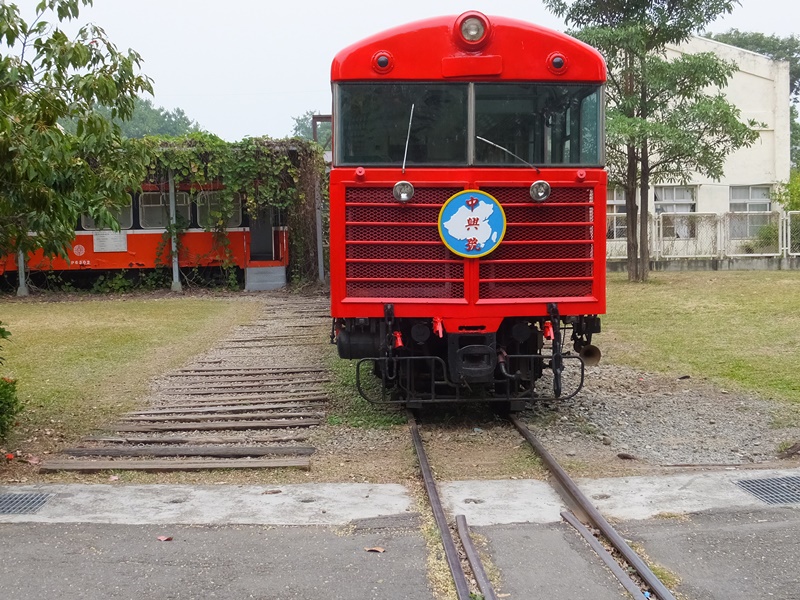
This is a large outdoor railway model museum for train aficionados. The park showcases an extensive collection of decommissioned trains, locomotive facilities, and equipment that transport you back to the time when trains zipped in and out of the city.
8. Chiayi Old Prison 嘉義舊監獄
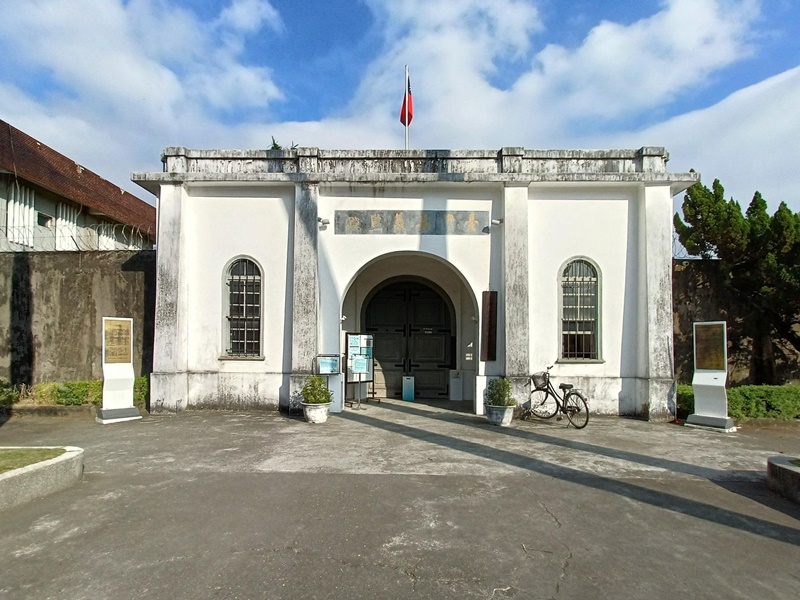
One of the oldest and most well-preserved prison buildings in Taiwan, Chiayi Old Prison has witnessed the ebb and flow of Chiayi since 1919. Designated as a National Historical Site, the prison has been restored purposefully into the Prison Museum. Learn about Chiayi’s history and the evolution of Taiwan’s prison system as you walk through structures built by early techniques and resources.
9. Chiayi Park 嘉義公園
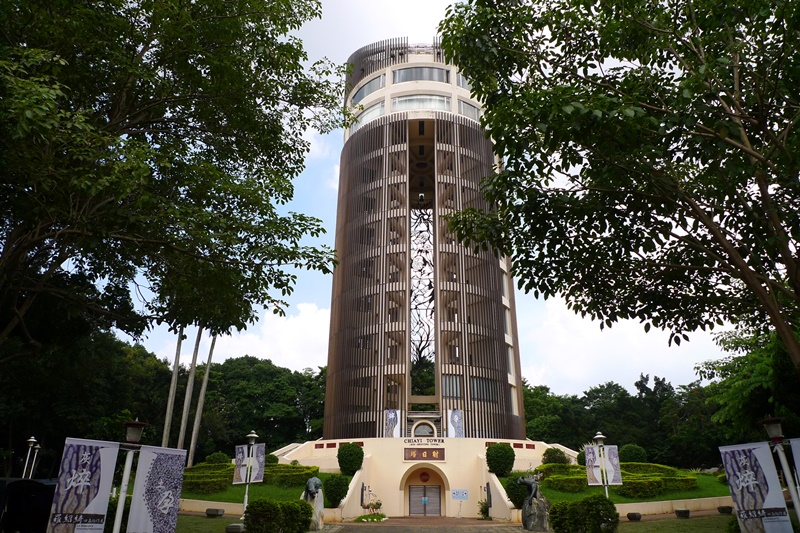
Situated away from the city center, the tranquil park has been a recreation space for the locals since the Japanese period. Stroll through the park and look for some landmarks like the 62-meter Sun-Shooting Tower with designs inspired by Alishan’s sacred trees, the ruins of Kaji Shrine, Chiayi City Historical Relic Museum, and Chiayi Confucius Temple.
10. Central Fountain 中央噴水池 and Kano Park
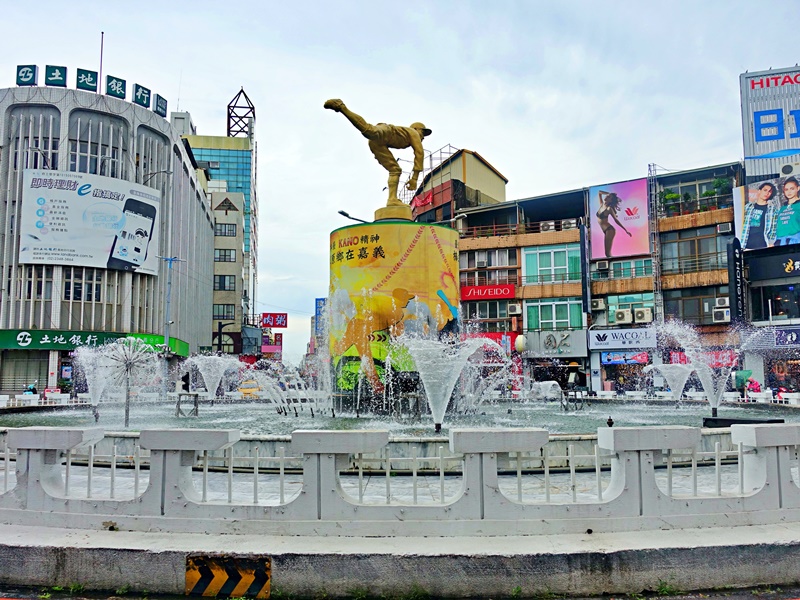
Stop by the Central Fountain to celebrate the close ties between Chiayi and Japan and the heart-warming true story of Kano. Kano was the nickname of Chiayi School of Agriculture and Forestry Vocational High School during the Japanese colonial period. Kano’s underdog high school baseball team shocked everyone and surpassed all expectations when they almost won the 1931 Koshien, the prestigious National High School Baseball Championship in Japan. The legendary team consisted of Taiwanese, Japanese, and aboriginal players and their determination and teamwork have inspired the community. Their achievement is commemorated in various parts of the city: the revolving life-size sculpture of Wu Ming Chieh, the respected pitcher of the Kano team, in the Central Fountain and the gigantic baseball monument in Kano Park.
There are so many things to do in Chiayi so make sure you plan to spend a few days in Chiayi. Now that you know what to do in Chiayi, check out our foodie’s guide to what to eat in Chiayi!
Wendy Ng
Wendy is a content creator who writes about her travel experiences at whywendywrites to escape from her city life in Singapore. Her writing journey started when she had the once-in-lifetime opportunity to live and teach in Okinawa and circumvent the world with the Peace Boat. A compulsive-obsessive traveler and culture enthusiast, she believes that when we know more, we travel better.
This article is extracted from whywendywrites – https://www.whywendywrites.com/blog/chiayi

